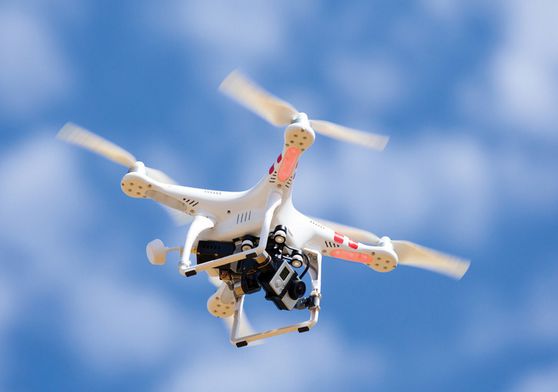Flying drones equipped with cameras have revolutionized the way we capture aerial footage, providing unique perspectives and breathtaking visuals that were once reserved for helicopters and planes. Not only do these drones offer a newfound freedom to photographers and videographers, but they also enhance the quality of content across various industries. From real estate to filmmaking, drones are now indispensable tools for capturing stunning aerial shots. In this guide, we’ll explore key considerations for finding the best flying drone with camera to elevate your visual storytelling.

Choosing the Right Drone: What to Look For
- Camera Quality: The heart of a drone’s purpose is its camera. Check for features such as resolution, frame rate, and sensor size. A 4K camera with a high frame rate and a large sensor will provide the best results, enabling high-definition video and crisp images.
- Flight Stability: A well-stabilized drone ensures steady shots and smooth video. Opt for models with advanced gimbal systems and built-in stabilization technology to minimize shake, especially in windy conditions.
- Battery Life: To capture uninterrupted footage, a drone with long battery life is crucial. Drones typically offer flight times ranging from 20 to 30 minutes, so choose one that meets your needs without frequent recharges.
- Range and Connectivity: Consider the drone’s operating range and signal connectivity. Long-range drones are beneficial for large outdoor shoots, ensuring you can capture expansive landscapes without losing connection.
- Ease of Use: Whether you’re a beginner or experienced pilot, ease of use is important. User-friendly interfaces, intuitive controls, and automated flight modes can greatly enhance your flying experience.
Top Features to Seek in Drones with Cameras
As technology advances, drones have become equipped with innovative features that elevate both flying and filming experiences. Here are some features to keep in mind:
- Obstacle Avoidance:
 Modern drones often include sensors and intelligent systems to navigate around obstacles automatically, allowing for safer flights and reduced risk of crashes.
Modern drones often include sensors and intelligent systems to navigate around obstacles automatically, allowing for safer flights and reduced risk of crashes. - Follow Me Mode: A feature designed to track and follow a subject autonomously, excellent for capturing dynamic footage of moving subjects.”
- GPS Functionality: GPS-enabled drones offer precise location tracking, return-to-home capabilities, and waypoint navigation, ensuring you capture your planned shots with precision.
- Live Streaming: Some drones allow real-time broadcasting, linking the drone’s camera feed directly to streaming platforms, ideal for live events and social media engagement.
Balancing these features with budget considerations is crucial when selecting the best flying drone with camera for your needs. It’s important to understand which features are non-negotiable and which ones can be compromised based on your use-case scenarios.
Applications of Drones Across Different Industries
Drones are employed in diverse sectors due to their versatility:
- Real Estate: Real estate agents use drones to showcase properties in stunning aerial views. The expansive views help buyers get a full sense of the property’s layout and surrounding areas.
- Agriculture: Drones offer farmers a high-tech method to monitor crop health, manage land efficiently, and obtain vital data that was previously difficult to acquire.
- Film and Entertainment: From Hollywood productions to indie films, drones are now frequently used for cinematic shots that add depth to visual storytelling.
- Construction: Construction managers use drones to survey sites, inspect buildings, and track progress, saving time and increasing accuracy.
FAQs on Flying Drones with Cameras
- What permits do I need to fly a drone?
- You may need to register your drone and obtain flying permits depending on your location and intended use. Always check local regulations before flying.
- Can drones be used indoors?
- Yes, but it requires careful control and consideration of space limitations. Indoor drones are typically smaller and have better collision avoidance systems.
- How does weather affect drone flights?
- Wind and rain can significantly impact drone flights, affecting stability and camera quality. It’s advisable to fly in clear conditions for the best results.